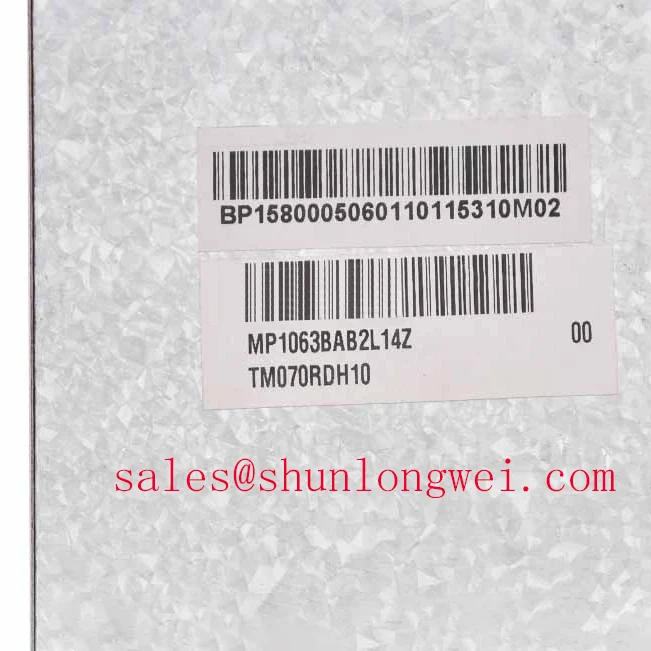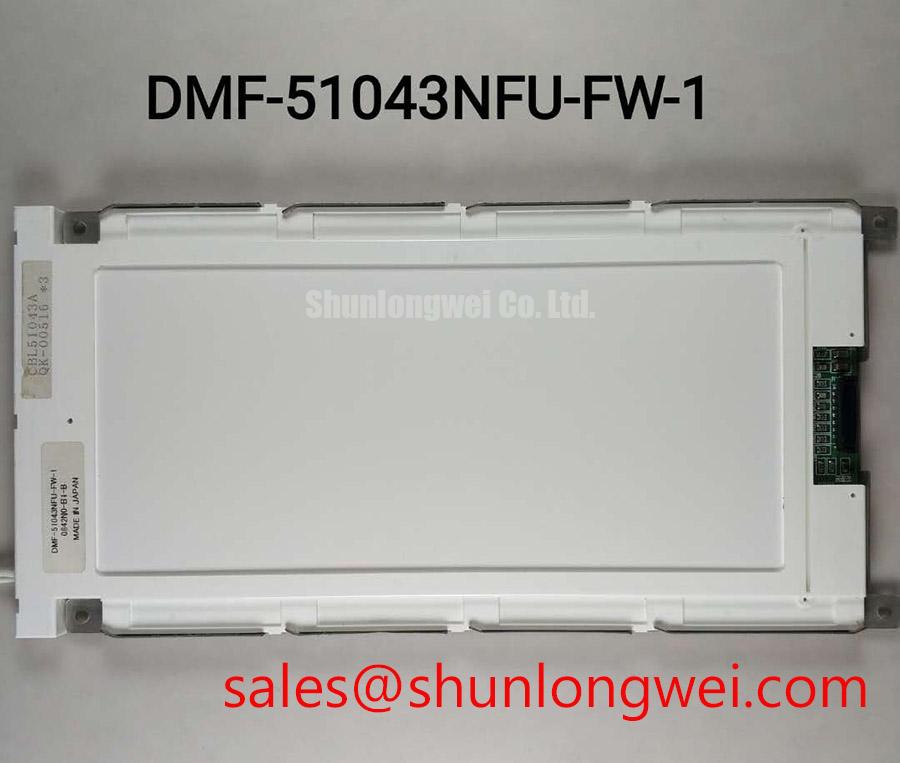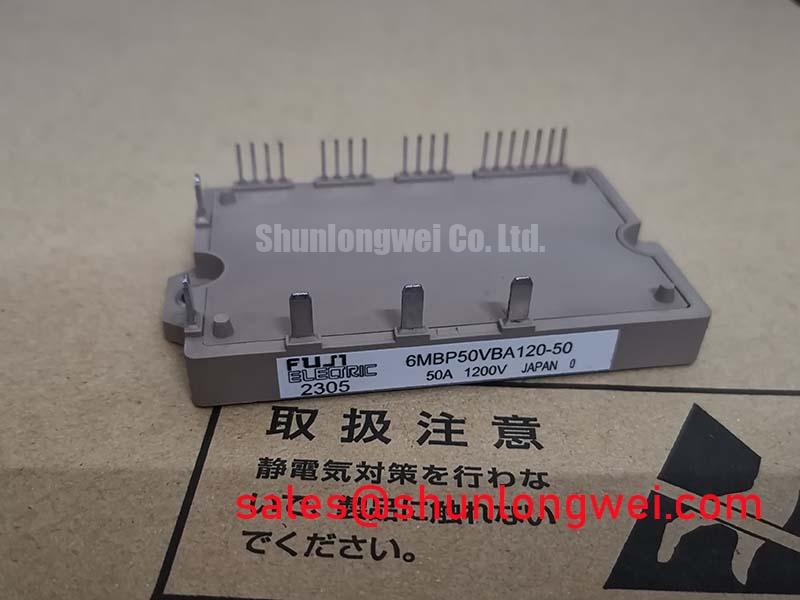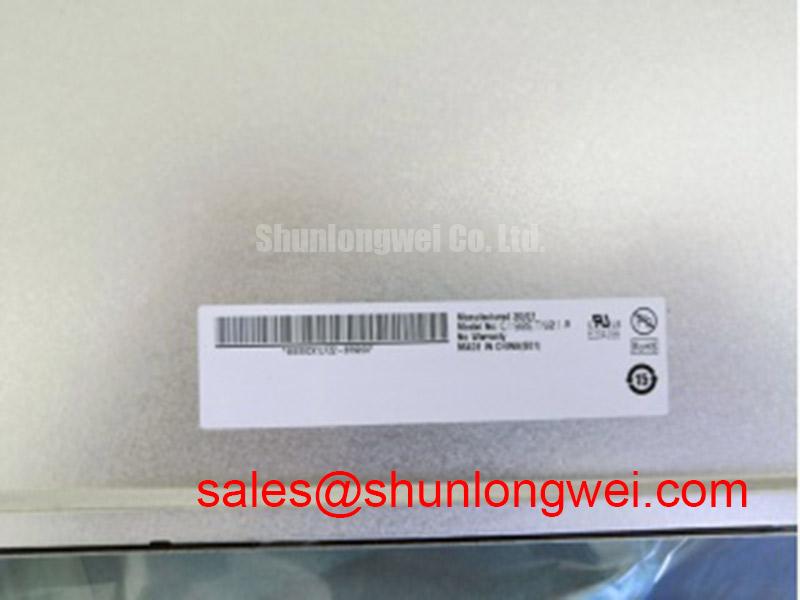TM070RDH10-00: 7-inch WVGA Display for All-Weather Operation
Engineered by Tianma, the TM070RDH10-00 is a 7.0-inch WVGA TFT-LCD display built for unwavering performance in fluctuating environmental conditions. With its expansive operational temperature range and practical brightness, this module provides a dependable visual interface for devices deployed outside of controlled settings. Key specifications include a -20 to 70°C operating temperature, 800x480 resolution, and 400 nit typical brightness. This design delivers essential operational resilience and clear readability. For engineers developing systems for field use, a primary concern is component survivability across thermal cycles; this display directly addresses that requirement by ensuring functionality from sub-zero to high-heat environments.
Key Parameters for Integration
To facilitate design and system integration, the following key specifications of the TM070RDH10-00 are highlighted. These parameters underscore its suitability for industrial and portable applications where both physical footprint and environmental resilience are critical design drivers.
| Parameter | Specification |
|---|---|
| Screen Size | 7.0 inches diagonal |
| Resolution | 800(RGB) x 480 (WVGA) |
| Operating Temperature | -20°C to +70°C |
| Storage Temperature | -30°C to +80°C |
| Typical Brightness | 400 cd/m² |
| Interface | Parallel RGB (1 ch, 6/8-bit) |
Industrial Trends and the Advantage of Robust Displays
The increasing deployment of intelligent devices in sectors like logistics, agriculture, and outdoor public utilities demands components that transcend the limitations of consumer-grade electronics. The TM070RDH10-00 aligns with this trend by providing a foundational component for building ruggedized HMIs. Its ability to function reliably in a wide temperature band reduces the need for auxiliary heating or cooling systems in the final product, simplifying the overall design and lowering the total cost of ownership. This focus on intrinsic durability is crucial as automation and data access extend further into physically demanding, real-world environments. For a comprehensive overview of display technologies in these settings, see Engineering for Extremes: A Guide to Reliable Displays in Heavy Machinery.
A Closer Look at Core Technical Features
Two defining features of the Tianma TM070RDH10-00 are its thermal range and surface treatment, which together enhance its operational utility in demanding settings.
Wide Temperature Performance
The specified operating range of -20°C to 70°C is a critical performance metric. It ensures the liquid crystal response time and backlight stability are maintained whether the device is used in a refrigerated warehouse or inside a vehicle cabin exposed to direct sun. The storage temperature range of -30°C to 80°C further guarantees the display's integrity during transport or periods of non-operation in extreme climates. This resilience is fundamental to the long-term reliability of any field-deployed electronic asset.
Anti-Glare Surface for Enhanced Readability
The display incorporates an anti-glare (AG) surface treatment. This feature is essential for maintaining screen clarity in environments with high ambient light, such as factory floors or outdoor kiosks. How does an anti-glare surface improve visibility? It works by diffusing reflected light, preventing harsh specular reflections from obscuring the screen's content. Think of it like the difference between a glossy photograph and one with a matte finish; the matte surface scatters light, allowing the image to be seen clearly from more angles and under various lighting conditions. This is a crucial element for reducing operator eye strain and improving data interpretation accuracy. More on designing for visibility can be found in our guide to Sunlight Readable HMIs.
Applications Requiring Environmental Endurance
The robust feature set of the TM070RDH10-00 makes it a strong candidate for a variety of specialized applications where standard displays may falter.
- Portable Diagnostic and Test Equipment: Field technicians in telecom, automotive, and energy sectors rely on portable tools that must function reliably outdoors. This display provides a clear, durable interface that can withstand temperature swings and challenging light.
- In-Vehicle HMIs for Agriculture and Construction: The cabins of tractors, excavators, and other heavy machinery experience significant temperature variations and vibrations. The TM070RDH10-00 offers the resilience needed for control and monitoring systems in these environments.
- Industrial Control Panels: In factories, warehouses, and processing plants, control panels may be located in unheated or non-air-conditioned areas. This display ensures consistent operation year-round.
- Outdoor Kiosks and Vending Machines: For systems that are sheltered but still exposed to ambient temperature changes, this display provides a dependable and cost-effective visual component.
Best Fit Scenario: For portable or fixed HMI systems operating between -20°C and 70°C that require clear visibility under ambient light, the TM070RDH10-00's combination of temperature range and anti-glare surface makes it a technically sound choice.
Comparative Component Considerations
As a distributor, we aim to provide factual data to support your component evaluation process. The TM070RDH10-00 is specified for WVGA resolution and a wide temperature range. System requirements can vary, and other components may be relevant for different design targets. For projects that require a higher pixel density for more detailed graphical interfaces within a similar 7-inch form factor, the TM070JDHG30 offers a 1280x800 WXGA resolution. Evaluating the specific needs of your application against the datasheets of available components is a critical step in the design cycle.
A Strategic View on Component Selection
Integrating a display like the Tianma TM070RDH10-00 into a product design is a strategic decision that impacts not just the bill of materials, but the end product's market positioning and long-term value. By selecting a component engineered for environmental resilience, designers can extend the operational envelope of their products, opening up new markets and applications. This approach, focused on durability and reliability, builds brand reputation and reduces the total cost of ownership for the end-user by minimizing field failures and service calls. As industrial systems become more decentralized and exposed to the elements, specifying components with proven robustness is key to future-proofing designs.











